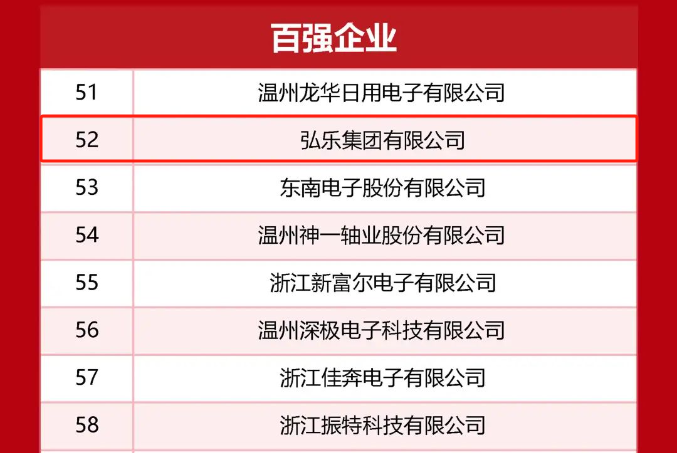How to check voltage regulator?

 Site Editor
Site EditorIn the world of electronics, ensuring that voltage regulators are functioning properly is critical to the smooth operation of a wide range of devices. A faulty voltage regulator can cause erratic performance, damage to connected components, or even complete failure of the device. Here are a few steps to check if a voltage regulator is functioning properly. They are visual inspection, voltage measurement, load testing, temperature checks, component-level testing, and using a voltage regulator tester.
Step 1: Visual Inspection
Examine the voltage regulator for any signs of physical damage, such as cracks, burn marks, or loose connections. Check if the pins are bent or corroded.
Step 2: Voltage Measurement
Use a multimeter to measure the input and output voltages. Set the multimeter to the appropriate voltage range. Measure the input voltage at the power source terminal of the voltage regulator. Then, measure the output voltage at the terminal connected to the load. Compare the measured output voltage with the rated output voltage of the voltage regulator. If the output voltage is significantly different from the rated value, the voltage regulator may be faulty.
Step 3: Load Test
Apply a load to the voltage regulator and measure the output voltage again. The load can be a resistor or a device that draws current similar to the actual load. As the load current increases, the output voltage should remain relatively stable within the specified tolerance range. If the output voltage drops or fluctuates excessively under load, it indicates a problem with the voltage regulator.
Step 4: Temperature Check
Feel the temperature of the voltage regulator during operation. If it becomes abnormally hot, it could be a sign of excessive current draw, a short - circuit, or a malfunctioning internal component. However, be careful not to touch the regulator immediately after it has been operating, as it may be very hot.
Step 5: Component - Level Testing
For more in - depth analysis, if you have the necessary knowledge and tools, you can test the individual components inside the voltage regulator, such as transistors, diodes, and resistors, using a multimeter or other specialized testing equipment. However, this requires a good understanding of electronics and the specific circuit design of the voltage regulator.
Step 6: Using a Regulator Tester
Some specialized tester tools are designed specifically for testing voltage regulators. These testers can provide more accurate and detailed information about the regulator's performance, such as its regulation accuracy, ripple rejection, and transient response. If available, using a regulator tester can be a convenient and effective way to check the voltage regulator.
By employing these methods, you can effectively determine whether a voltage regulator is in good working order or in need of repair or replacement, ensuring the reliable operation of your electronic systems.








